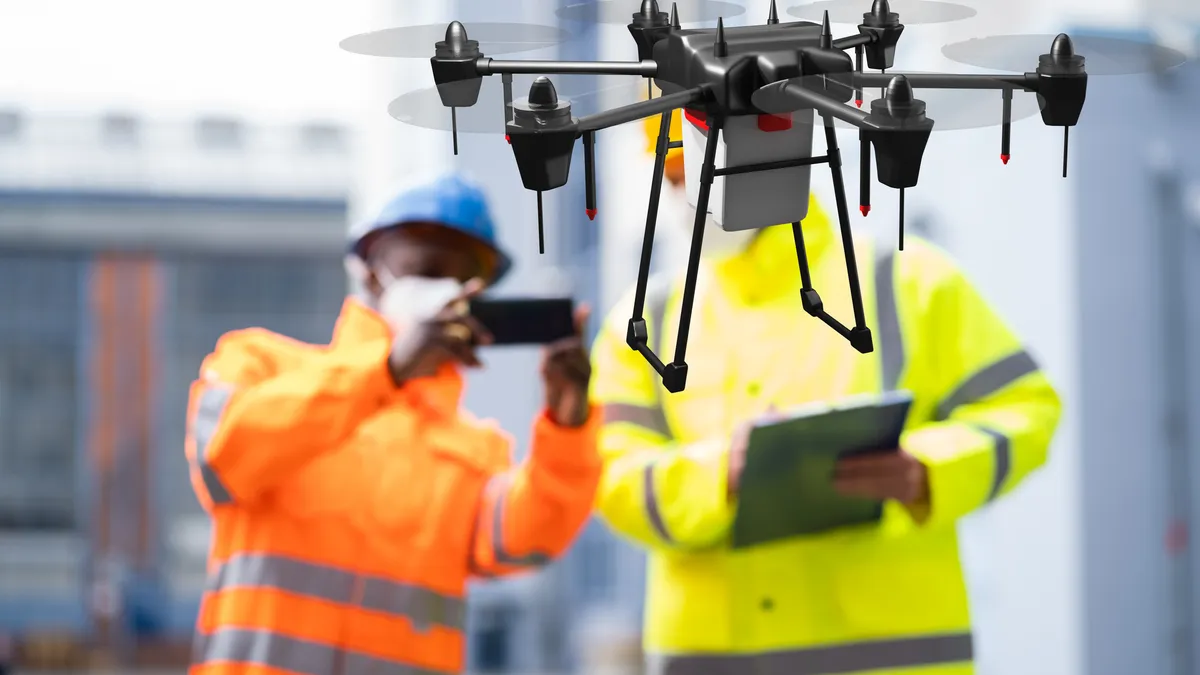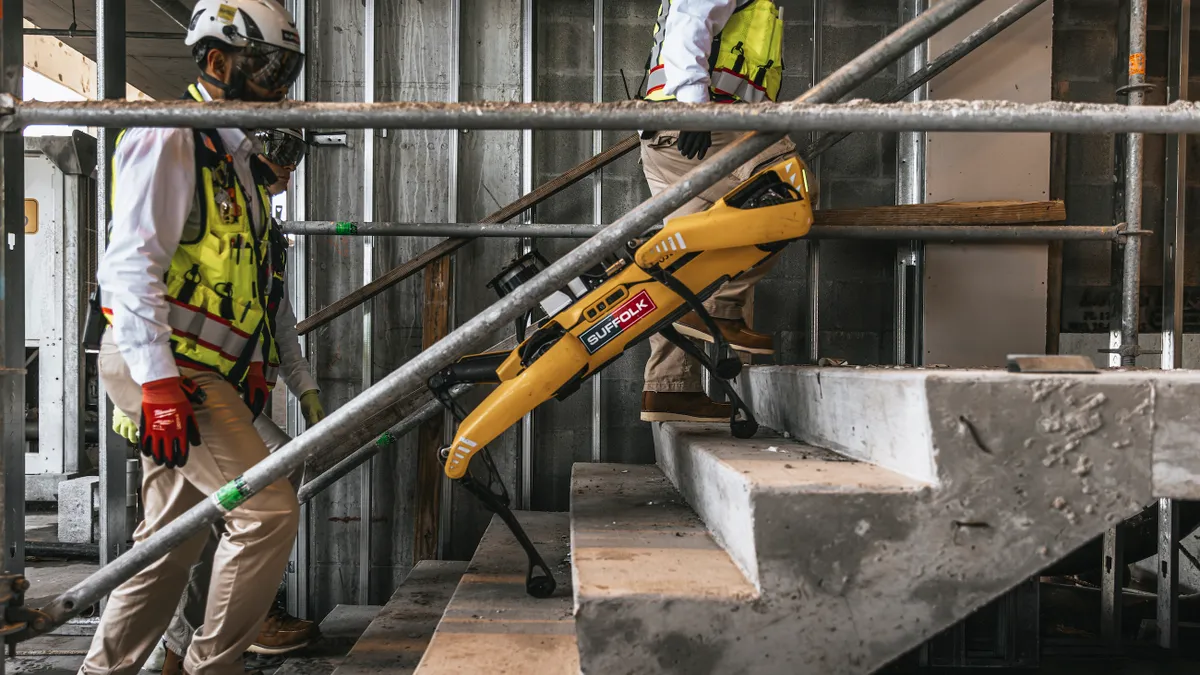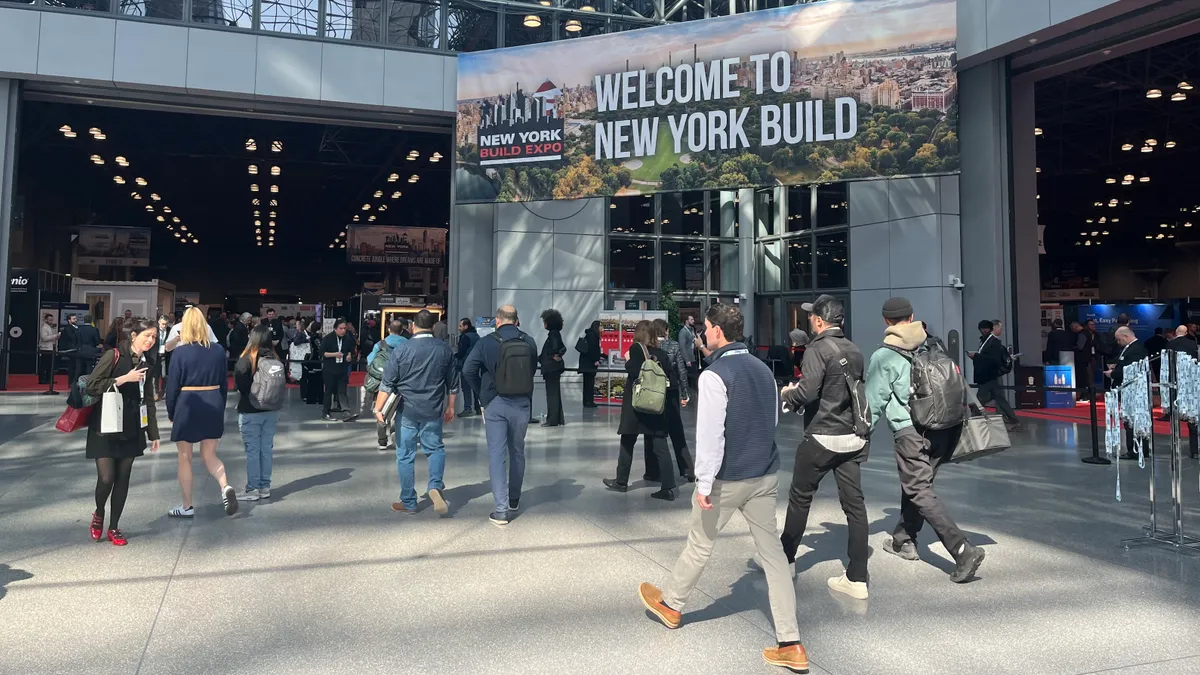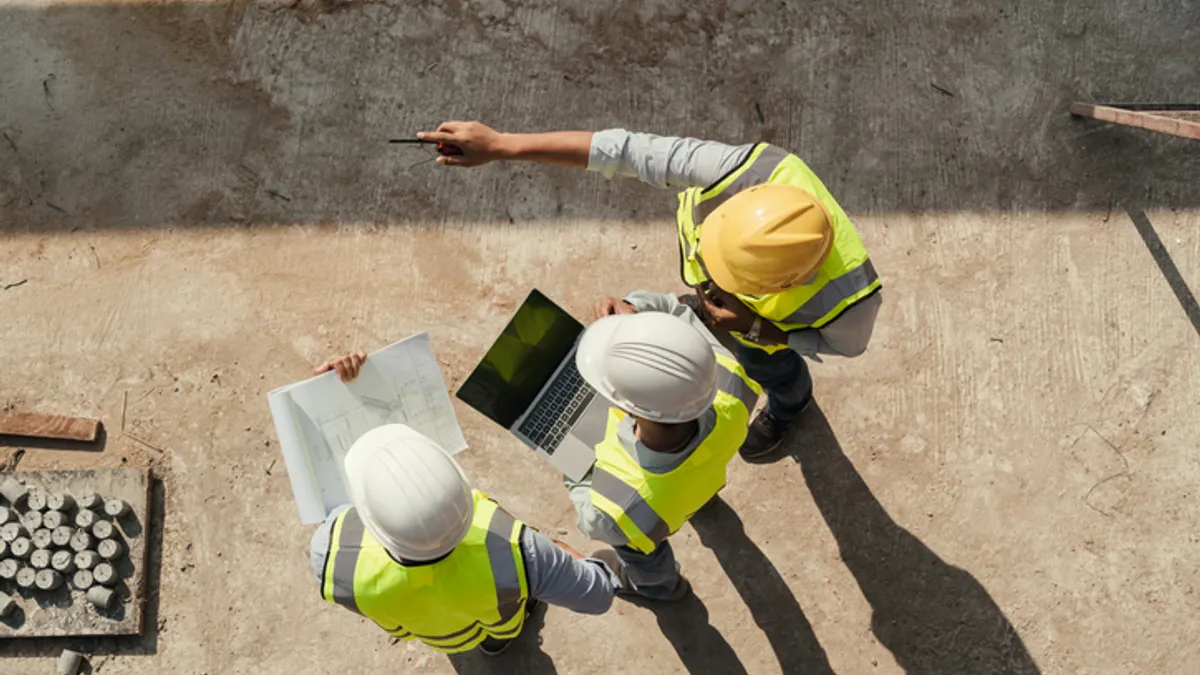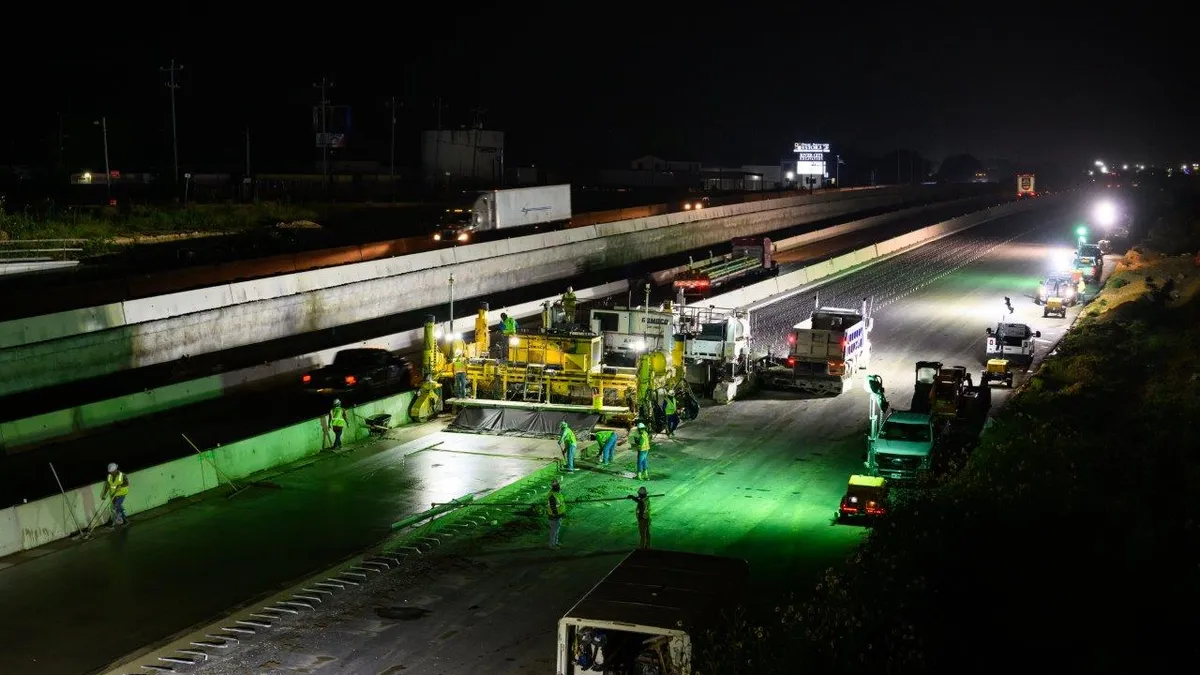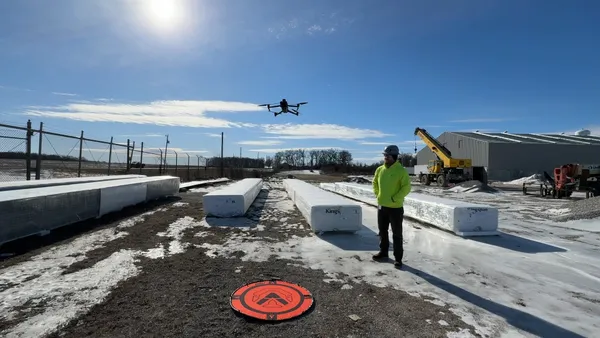With increased labor shortages, supply chain delays and COVID-19 restrictions, the pandemic has amplified common sources of conflict in construction, like changes in project scope, unforeseen physical conditions and poor project management. However, experts say that the pandemic has also accelerated technological advancements in the industry that can help mitigate them.
COVID-19 actually seemed to reduce spurious and workmanship defect-related claims, due in part to greater adoption of tech tools in the construction industry, according to risk mitigation and dispute resolution consultancy HKA's 2021 CRUX Insight report. Tracking, management and communication tools allow for greater visibility of problems and increase opportunities to address them in a timely manner.
The construction industry has not traditionally been eager to embrace new technologies, but the pandemic forced contractors to adapt, said Dan Feinblum, a civil engineer and HKA CRUX report contributor. As COVID-19 made digital tools more critical and widely used in the industry, a range of contech startups have taken off in the past few years.
"COVID has magnified existing problems — supply chain has always been challenging, finding labor or designers or whatever has always been a challenge. You hit COVID, and all of those things got a lot harder," Feinblum said. "[Wider adoption of technology] came out of having to work virtually, or having less of a workforce, or having less access to a site."
It's still too early to see how widespread COVID-related legal claims will be on construction projects — which tend to take more than two years to complete.
"[Pandemic-related claims are] really going to show up once projects finish and people can look back and try to quantify the impact of COVID on the work," said Feinblum. His firm is beginning to see some pandemic-related legal disputes, and he expects them to appear in earnest this year and next.
Looking ahead, the federal Infrastructure Investment and Jobs Act promises to pump money into the sector, but the rush to claim projects amid labor shortages and supply chain snarls could lead contractors to bite off more than they can chew, which could result in costly disputes down the line. Feinblum urges contractors to slow down, pore over contracts and communicate with all parties up front.
"Just be careful out there. Document everything, plan as much as you can," Feinblum said.
While technology can improve project planning and documentation, Feinblum cautions that firms and projects have widely varying needs, and a tool that isn't appropriate will offer little value. Nonetheless, here are some key tools he recommends to prevent and defend against disputes:
RFID Tracking
Radio frequency identification (RFID) tracking is making its way into construction, according to Feinblum. Contractors can put the low-power sensors on equipment, materials, hard hats, name badges and more to track worker or asset movement, which allows them to see how a project is going, where supplies are and whether they're meeting goals. It can even help with COVID-19 contact tracing.
This data can provide evidence in a dispute, though it could be used to help or hinder a contractor's case, depending on what it shows. Another consideration: Some workers don't like being tracked.
Web-enabled video cameras
Video technology enables contractors and project managers to view a project remotely in real time, track progress and further automate documentation by sending routine reports of jobsite conditions. Video documentation can provide helpful evidence to support or counteract disputes, like whether inclement weather shortened working hours.
Advanced cameras allow teams to access images from any time and date, compare images and make notes. Plus, this technology is increasingly affordable to purchase and install.
BIM/digital twin tech/4D modeling
Clash detection and design review using BIM, also known as digital twin technology or 4D modeling, can nip potential conflict in the bud. BIM gives all parties the ability to "build" a project digitally and identify potential conflicts between different trades, space concerns, layouts that don't work, etc., before shovels hit dirt, and determine who is responsible for various risks.
BIM platforms can also allow contractors to quickly determine the exact quantities of components a project needs and accurately price jobs, and minimize those potential sources of conflict later on.
Drones
Drones allow contractors and owners to "visit" jobsites remotely, and thus became more critical during the pandemic. This tech enables contractors to conduct inspections in real time and offsite, so deficiencies can be flagged and addressed before the crew leaves the jobsite.
Drones can also extend the capacity of thin-stretched crews, for example, measuring and marking out sprawling jobsites like the Kalahari Resort near Austin, Texas. Video and images from drones can also be used to document work and ensure that various steps of a project are met — just be sure to organize them so they can quickly be found when needed.
Cloud-based document repositories
Claims that have the best documentation tend to be more successful, Feinblum said, and cloud-based document repositories are a key tool to help keep contractors organized and ensure teams (and owners) have access to the information they need. However, all relevant parties must be aware of their responsibility to maintain it.
Books, job cost reports, correspondence, blueprints, receipts, proposals, invoices, subcontracts and purchase orders must all be maintained for three years after a job is completed, but no matter what a contract stipulates, access to the right documentation can mean the difference between being able to prove a claim or defend against one.
"If you have a good document control system and a good central repository and you maintain that documentation, that will help with claims work down the line," Feinblum said



